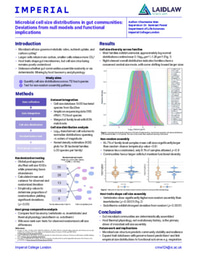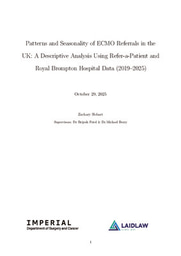Project outline: What are the implications for native plant species of wide scale assisted sowing as part of biodiversity management plans?

Supervised By: Dr Adrian Brennan, Department of Biosciences, Durham University
Project Background
Intending to support wildlife and enhance local biodiversity, planting commercially sourced wildflowers has become popular with individuals and groups, including local councils, farmers and land developers. However, there is a growing awareness that the planting of these wildflowers may disrupt the ecology and evolution of pre-established wildflower populations.
The cultivated origins of these species mean that they may have undergone a degree of human selection, with producers intentionally or unintentionally preserving and producing seeds from plants with certain desirable traits such as earlier germination, artificially manipulating the seeds’ genetics. The introduction of these cultivated populations has widely unexplored genetic implications for both the pre-established and introduced populations of the same species, with several potential evolutionary outcomes for both populations.
The main evolutionary outcome and focus of this study is the potential for the commercially sourced wildflower species to hybridise and homogenise with pre-established populations of the same species, making individuals more genetically similar and altering the gene pool. On top of reduced genetic diversity, as adaptation to a specific planting site is expected to decrease with the source of a plant being at increasing distance from it and the plant being genetically isolated (seeds are collected from a limited number of sources), as is common with commercially produced wildflowers in seed mixes, established populations at that site are put at risk from the inheritance of likely maladaptive genes. All these consequences have the potential to negatively impact wildflower populations’ adaptation to changes in their environment.
Objectives
My project aims to identify focal wildflower species in the UK, finding candidate species for further study as part of an ongoing study into the genetic and ecological impacts of naturally established populations compared to commercial sources of the same species.
The hypothesis is that rare or specialist species are more vulnerable to reduced genetic diversity or compiling maladaptive genes. This research could contribute evidence for the guidance of the production and use of wildflower mixes, considering which species and lineages may be best adapted for certain locations, as well as for guidance for rewilding as part of biodiversity management on council-managed land, and for constructing policies for farmers on the best ways to implement biodiversity management.
Methodology
This selection of candidate focal native wildflower species will initially be based on how extensively the species are being planted and whether they are being outcrossed, identified by consulting companies that offer commercial sources of the species and news articles describing wildflower plantings.
To narrow down the selection, I will then review maps and databases detailing where the species of interest have been spotted to assess the risk to native populations of biodiversity-based plantings and identify sources of native samples and their accessibility. I will also review the characteristics of each species that may make them particularly vulnerable to the genetic consequences of introduced populations. Hypothetically, significant rarity, isolation of a population and certain reproductive mechanisms will increase species vulnerability to these consequences and make the species more pertinent to this study.
Afterwards, I will ensure that there aren’t already published studies of the shortlisted species with data directly applicable to this study and examine whether the species are feasible to work with. In concluding which species are most suitable for future study, I will generate a scientific report detailing this proposed new study collection of focal native wildflower species. Potentially, if the species of interest can be found in the Durham University Botanic Garden, I will present my research in a more accessible format through educational signage for these species.





Please sign in
If you are a registered user on Laidlaw Scholars Network, please sign in